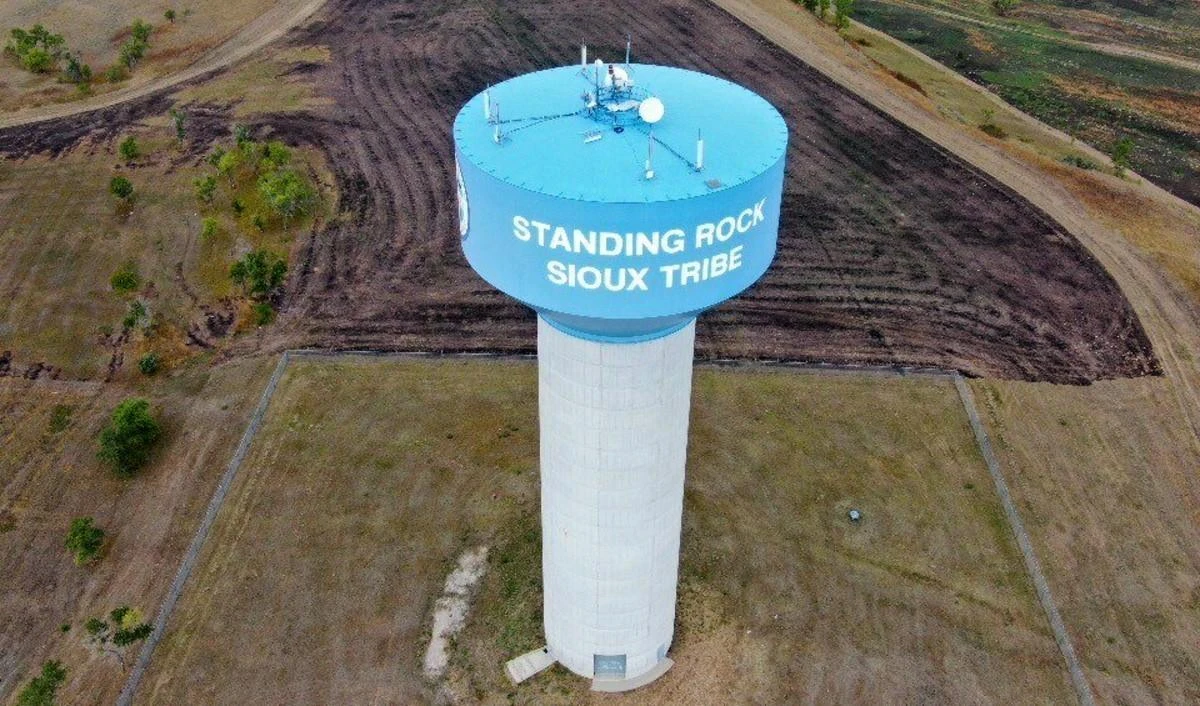At an age when high-speed internet has become the driving force behind education, healthcare, business and commerce, there are those who have been left stranded on the other side of the digital divide, unable to conduct even the basic tasks online. A case in point are remote tribal nations in the United States that have struggled with unreliable internet connectivity for years with no relief in sight.
Nokia is working with NewCore Wireless to enable next generation private wireless connectivity using the Tribal Educational Broadband Service (EBS) spectrum to empower rural, unserved and underserved Native American communities throughout the U.S. The first wave of deployments cover over 12,000 square miles and will provide broadband connectivity to more than 15,000 tribal members.
The program leverages up to 117 MHz of the Tribal EBS band, made available by the Federal Communications Commission (FCC), to serve tribal lands with a license for broadband and wireless networking buildouts. Spectrum is very valuable and can be used to deploy carrier-grade voice or broadband connectivity.
The FCC offered the EBS spectrum in 2020. It was awarded to 400 federally recognized Native American tribes and encompasses tens of thousands of square miles, and millions of members. The 400 Native American tribes awarded this spectrum in 2020 cover tens of thousands of square miles – often in remote or rural areas – and include millions of members.
Nokia’s wireless technologies for rural broadband connectivity, such as 4.9G/LTE and 5G, allow for rapid and cost-effective wireless connectivity across large areas and provide the scope for multiple home and business connections from a single base station.
Private wireless, which is based on 4.9G/LTE technology, opens the door to services such as high-speed internet to the home or business up to 1 Gbps, mobile phone options where cellular coverage is not available, or educational enhancements such as distance learning.
The initial buildouts with NewCore and Nokia will focus on North and South Dakota, Oklahoma and California. The Native American communities involved include the Standing Rock Sioux Tribe and the Cheyenne and Arapaho Tribes.
John Pretty Bear, Councilman for the Standing Rock Sioux Tribe’s Cannonball District, said:
“This initiative with Nokia and NewCore will go a long way to levelling the technology playing field for the people of the Standing Rock Sioux Tribe. All members of our community, including our elders whom we pride ourselves in helping, will benefit from more affordable and accessible connectivity.
This is critical for the well-being of our people, especially during the pandemic where information about mass testing or vaccinations needs to be shared in real time.
From online schooling, to telehealth, to affordable mobility and cellular phones, we look forward to improving the quality of life for everyone in our community.”
For decades, the tribal communities had to rely on obsolete dial-up connection or use mobile phones that usually came tied with costly data plans since it was not possible to meet the upfront costs that service providers sought to put up infrastructure.
The situation further worsened after the COVID-19 pandemic. As schools, universities and businesses closed and local clinics became overwhelmed by patients seeking care, the need for robust connectivity was acutely felt.
One of the biggest challenges faced by the tribes was funding. Erecting cellular towers and putting fibre-optic cables into the ground require the investment of large sums of money, a near-impossible task for people relying on farming and modest entrepreneurial ventures.
The U.S. government’s Coronavirus Aid, Relief, and Economic Security Act, also known as the CARES Act, was specifically aimed to manage the public health and economic impacts of the pandemic. Funds allocated to the tribes, like the Cheyenne and Arapaho, played a major role in helping to build the required infrastructure.
Reggie Wassana, Governor for the Cheyenne and Arapaho Tribes said:
“The CARES Act that provided money directly to the tribes made it possible for us to establish three separate cellular towers in the region. It has not only allowed us to provide internet to the tribal emergency programs, but also to the tribal citizens within our service area.”
As the tribes look forward to better and faster connectivity, they are preparing themselves to make full use of the educational, health and economic opportunities presented by the new broadband. Once up and running, it will inject a new lease of life into the communities.
Students can scour for new avenues to support e-learning, learn the latest skills while businesses can engage with clients online and health professionals gain access to timely clinical advice and intervention.
Raghav Sahgal, President of Cloud and Network Services at Nokia, said:
“Millions of Americans lack basic broadband connectivity – particularly rural and tribal communities. Making spectrum available to tribal nations brings these communities into the next generation of connectivity and allows them to take advantage of the benefits of broadband.
By enabling access to 4G and 5G through Nokia’s technology and partnership with NewCore, each tribe can improve their quality of life with new economic opportunities, and educational and health care access.”
The 2.5 Ghz band of spectrum offered by the Tribal EBS program is mature and can be found in the majority of mobile phones, telephone switching equipment and add-on device in the market today. Because current networks are already designed for this spectrum, it allows new carriers to deploy services immediately – using already available hardware. Being able to access more than 100 MHz of that spectrum is well suited for 4G, and a viable transition into 5G when communities are ready.
Nokia Digital Automation Cloud platform offers reliable high-bandwidth, low-latency wireless connectivity, local edge computing capabilities, and a catalogue with applications such as voice and video services. It is a compact, easy-to-deploy platform, comprising private cellular network equipment and a cloud-based operation monitoring system.



